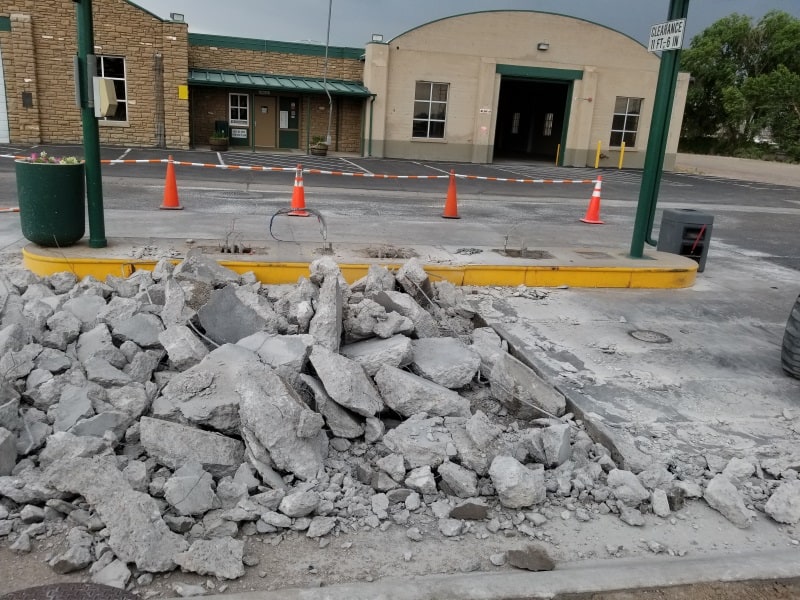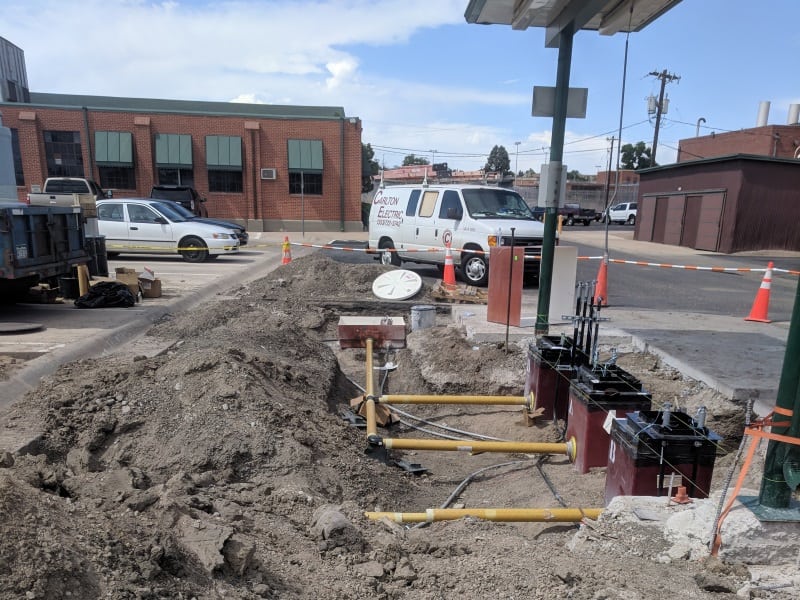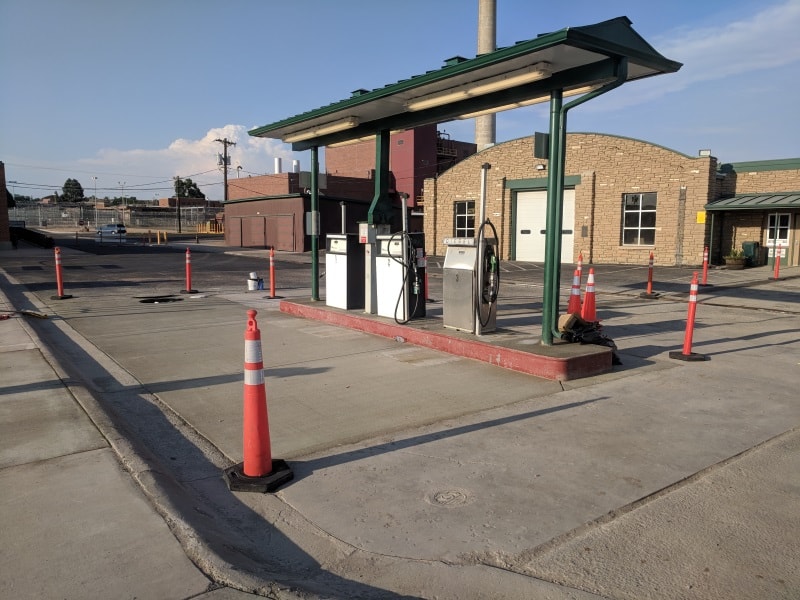Project Profile: Colorado Mental Health Institute
Project Profile: Colorado Mental Health Institute
While having your fueling equipment fail a line test is never a good thing, it couldn’t have come at a better time than 2018 for the Colorado Mental Health Institute Southern District’s Division of Facilities Management in Pueblo.
With the Colorado Division of Oil and Public Safety’s (OPS) incentive program in effect only through the end of the year, not only could the institute bring its secondary containment equipment up to date, but save $10,000 in the process.
Upon investigating the issue with the line, CGRS Compliance team members discovered a failure to the secondary containment system in the containment sump. The primary fuel line had failed, causing fuel to build up in the containment sump that CGRS later determined was compromised. If the issue had gone unchecked, it would have led to other failures with a potential environmental impact.
“It was time for an upgrade,” said Kris Quantz, CGRS Compliance Services manager.
He explained the issue, what CGRS could do to correct it and the OPS incentive to Doug Herr, Garage/Grounds Supervisor for the CMHI Division of Facilities Management, Southern District.
Herr said in his time at the facilities, the system had never had an issue except those that were external and easily repaired. He had heard about the OPS incentive program through CGRS’s newsletter and brought it to the attention of the financial analyst and district manager when the opportunity arose to take advantage of it.
“It helped our budget and it saved our taxpayers money, too,” he said.
Once Herr gave approval, CGRS did a minor repair to get the facilities up and running while putting together a plan of action. Herr noted that the institute had access to unleaded fuel for 2.5 months before CGRS began making repairs in June.
“It worked out well,” Herr said.
CGRS’s initial scope of work included:
- Generating fuel system design plans and specifications required to secure permits with OPS and the local fire jurisdiction, providing the various required agency notifications and coordinating installation inspections;
- Setting one new fuel island with a Bravo fiberglass under-dispenser containment (UDC) sump;
- Routing the existing electrical conduits and wiring to the new UDCs and submersible turbine pumps (STP) sumps for the dispensers and tank gauge probes;
- Removing, disposing of and replacing 1,130 square feet of concrete over the USTs and product piping trenches;
- Suppling and installing two 5-gallon double-wall fiberglass spill buckets for the fills, two 18” tank gauge probe manways, 46” manways for the STP sumps, cap and adapters for the fills;
- Hydrostatically testing the STP sumps and UDCs following installation;
- Upgrading and configuring the existing tank monitoring system to monitor for the presence of liquid in the turbine sumps, using mechanical leak detectors and in-line flow restriction on the underground pressurized product piping;
- And interfacing the point-of-sale startup system with the dispensers and the network and purging all product lines.
As CGRS’s Compliance team dug into the trenches, so to speak, it became evident that it was also time to replace the electrical conduit that ran from the automatic tank gauging system from the facility’s building to the fueling system, as well.
“You don’t know what you’re going to find until you start digging,” Herr said. “The electrical issue set things back about week, but CGRS handled it pretty well. I wasn’t sweating any of that.
“Any issues I had, they were able to take care of right away without delay.”
CGRS had the institute’s dispensers up and running again within three weeks and, not including the issues discovered after digging began, completed the scope of work within the original budget.





